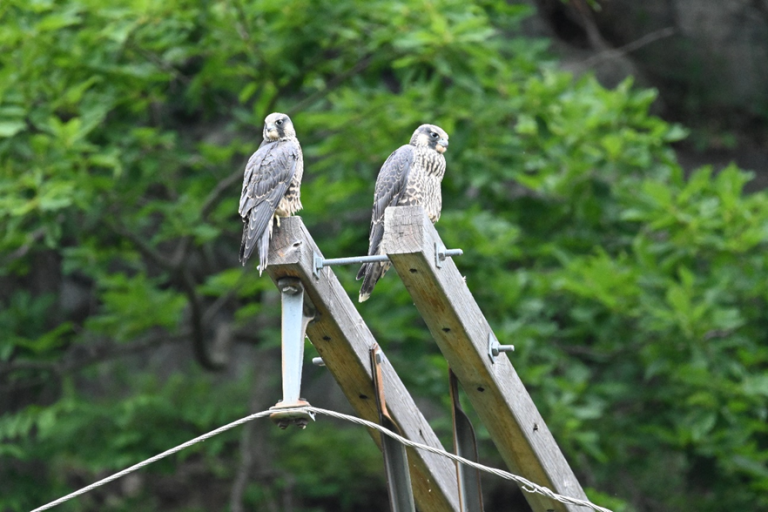
HARPERS FERRY, W.Va. — According to National Park Service officials, three peregrine falcon chicks have successfully taken their first flights from the cliffs of Maryland Heights at Harpers Ferry National Historical Park in West Virginia.
This is the third consecutive documented fledging of peregrine falcons since the 1950s from this historic breeding site, according to park biologist Eric Kelley, and is the first time in more than 70 years that each chick has survived to this milestone.

Kelley says the adult falcons will feed their fledglings for several months while the young birds gain strength and hunting skills. The fledgling stage through the first year is one of the most dangerous times for young falcons.
The National Park Service is asking the public to respect the fenced-off enclosure near Maryland Heights during this time to help protect the birds.
“The Harpers Ferry peregrine falcon program is the result of hard work and dedication from so many different groups,” Kelley said. “The success that we have observed over the past few years has been deeply rewarding.”
The Harpers Ferry's peregrine falcon management program is a cooperative effort that includes the parks service, the Maryland Department of Natural Resources, the U.S. Fish and Wildlife Service, and a team of dedicated park volunteers.
A park volunteer, Midge Flinn Yost spoke of her emotions watching the fledglings take flight.
"Being a volunteer falcon monitor is fascinating,” Yost said. “I start observing and filming falcons in the winter and sharing footage with other volunteers and experts who track their behavior and life cycle.
"Catching sight of fuzzy white chicks in the spring is a real thrill. We were all eager to watch them grow and take their first flights.”
Peregrine falcons historically nested at Maryland Heights, but the impacts of the pesticide Dichlorodiphenyltrichloroethane (DDT) during the 1940s through the 1960s decimated the population worldwide. It caused eggshell thinning, resulting in the eggshell breaking while being incubated.
This resulted in the near extinction of the species. DDT was banned in the U.S. in 1972, and the birds have made an impressive and steady recovery. The first successful nest at Maryland Heights since the 1950s was in 2021.
Visitors are encouraged to bring binoculars to “The Point” at the confluence of the Potomac and Shenandoah rivers in Lower Town Harpers Ferry — an excellent vantage point from which to see the birds.
The falcons are most active two to three hours after daylight and before dark.
To learn more about the conservation of peregrine falcons at Harpers Ferry National Historical Park, visit its Peregrine Falcons webpage.
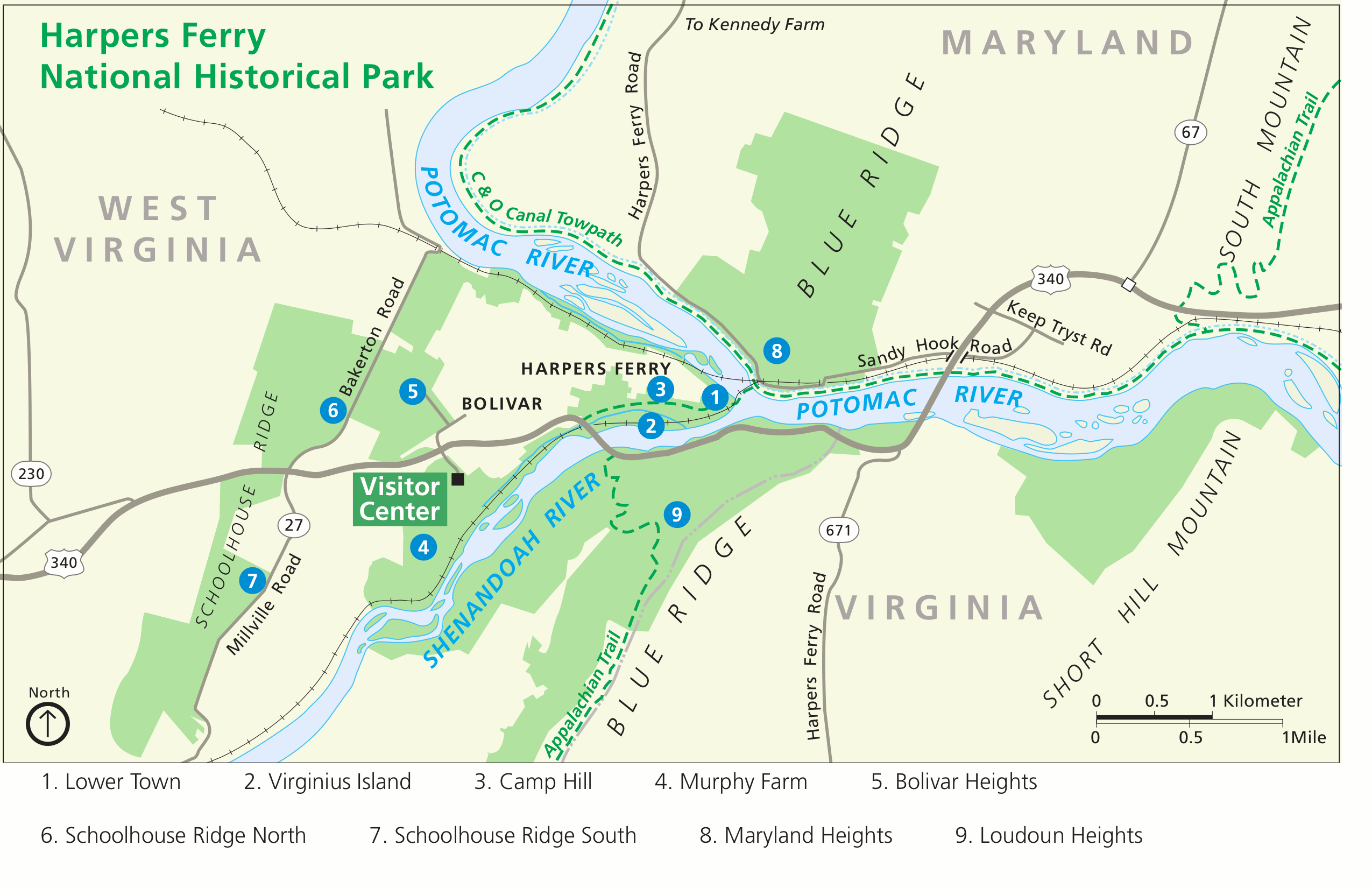
Sign up to receive a FREE copy of West Virginia Explorer Magazine in your email weekly. Sign me up!






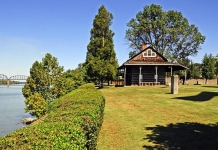


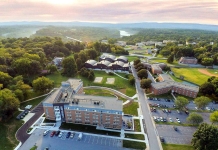

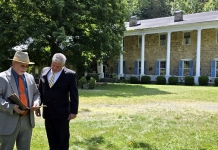
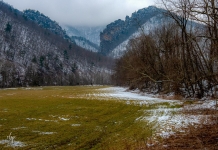


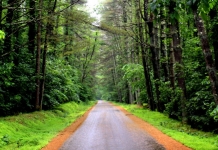
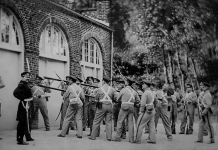





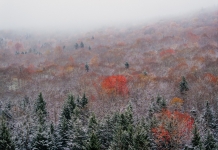
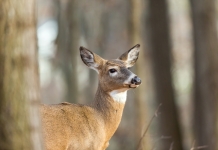





Facebook Comments